Funhouse
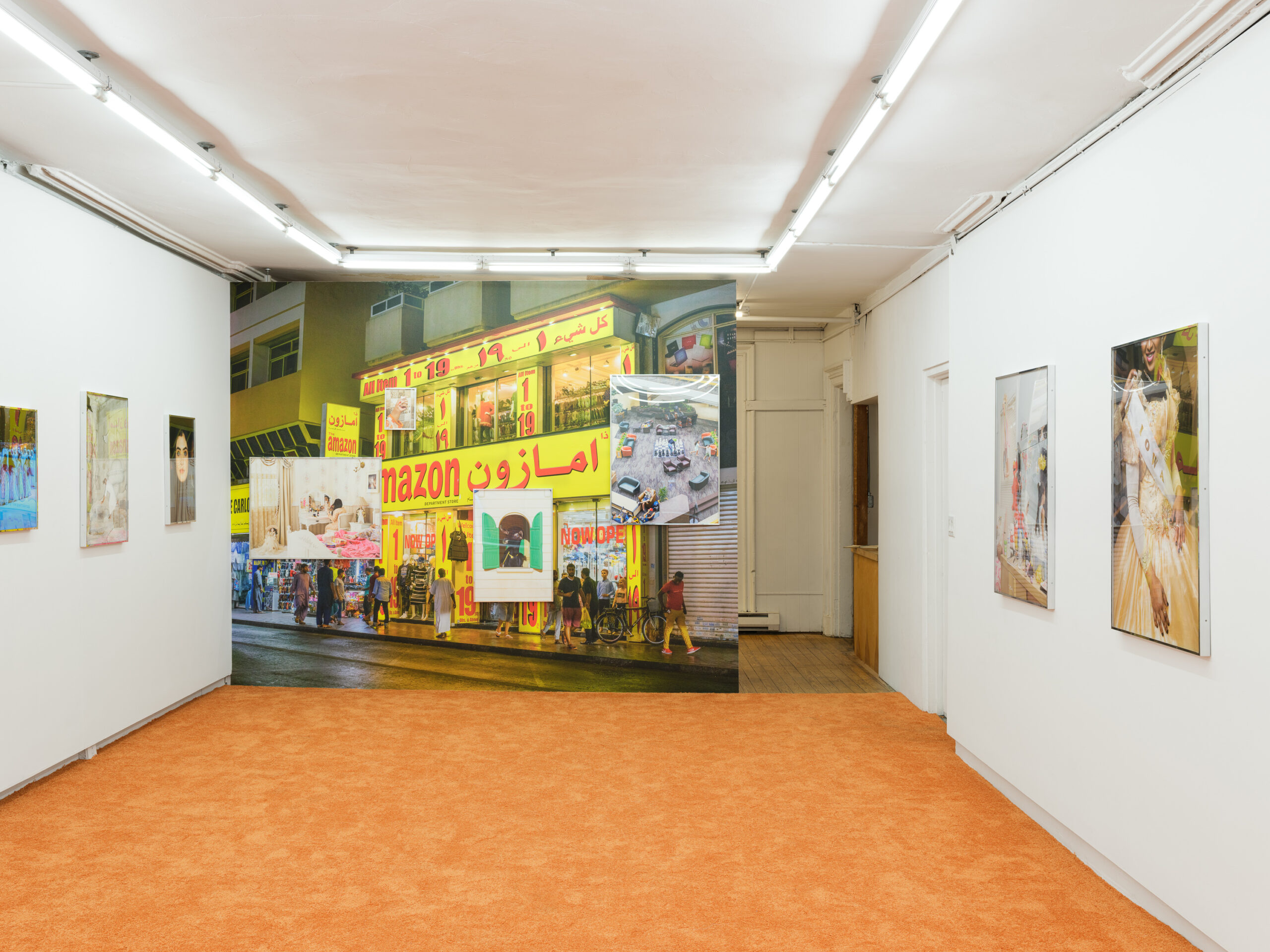
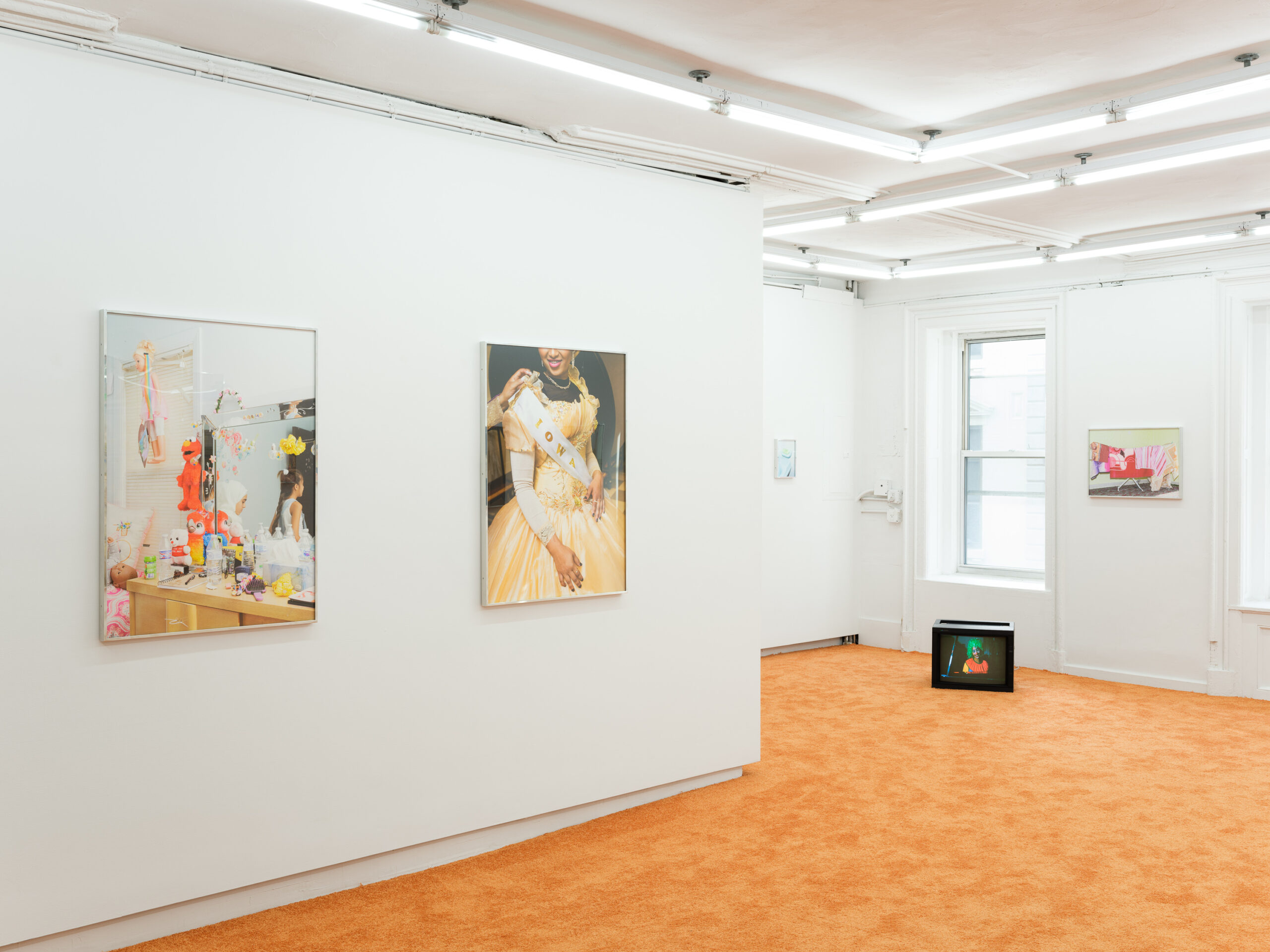

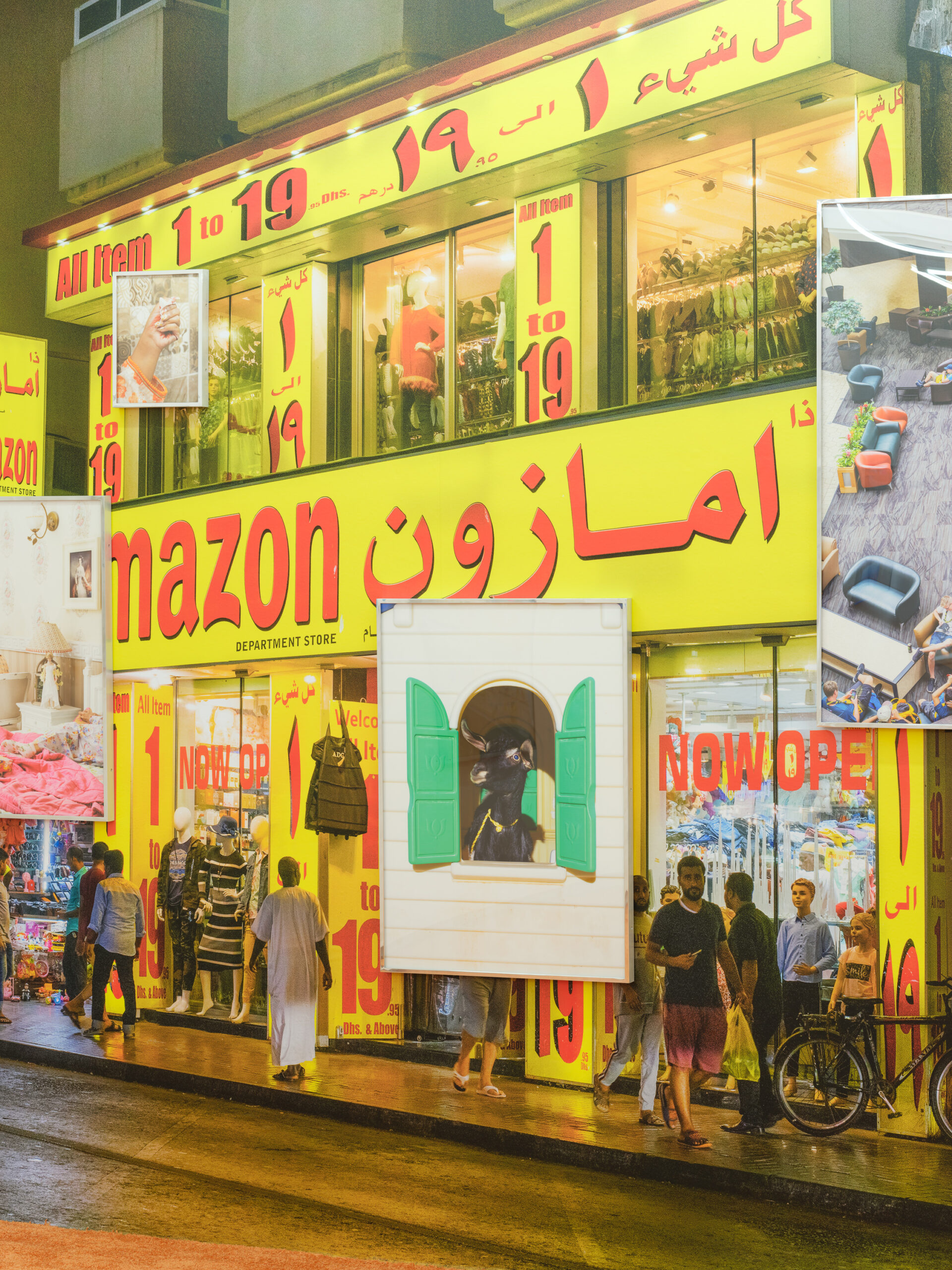

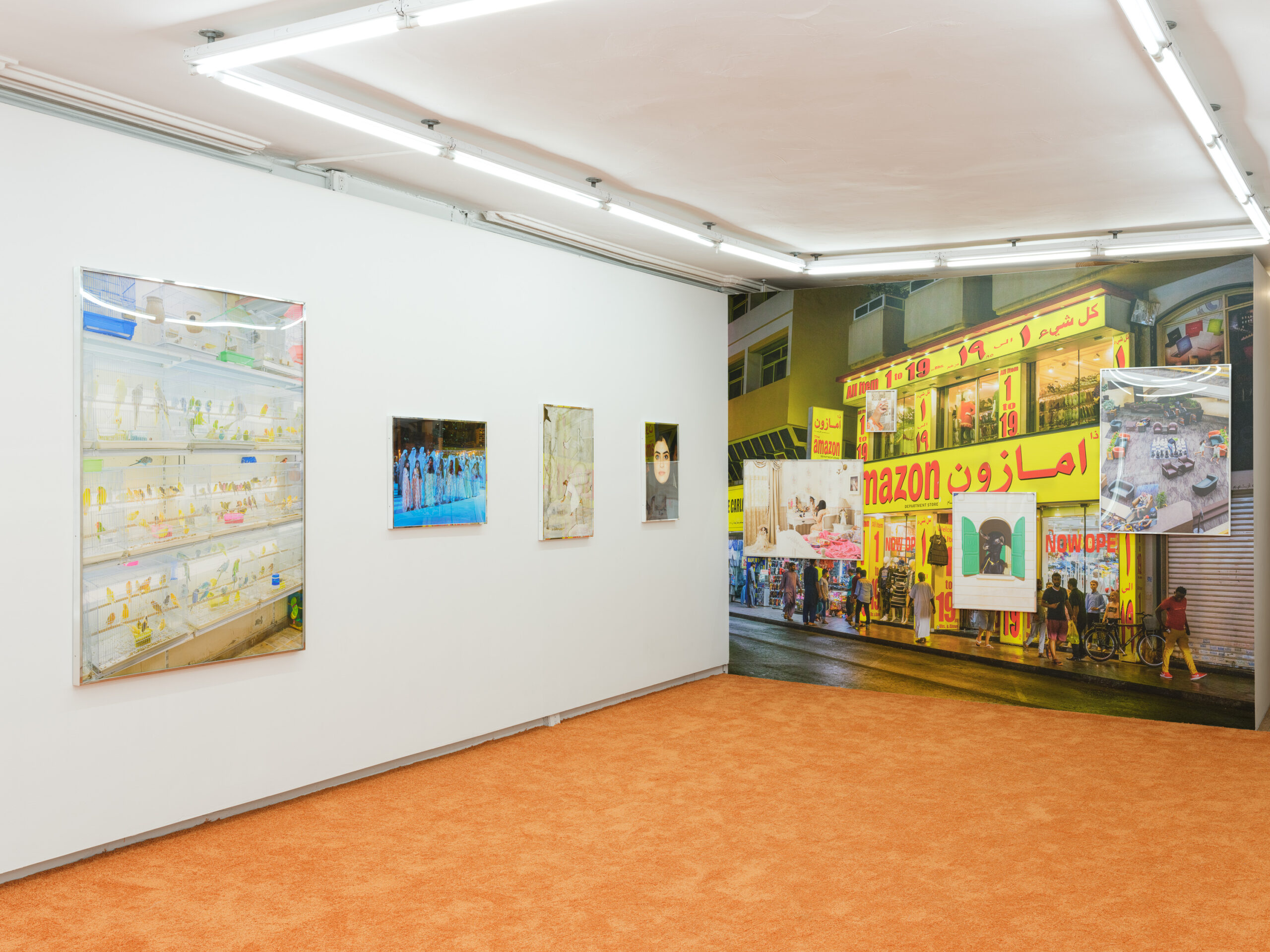
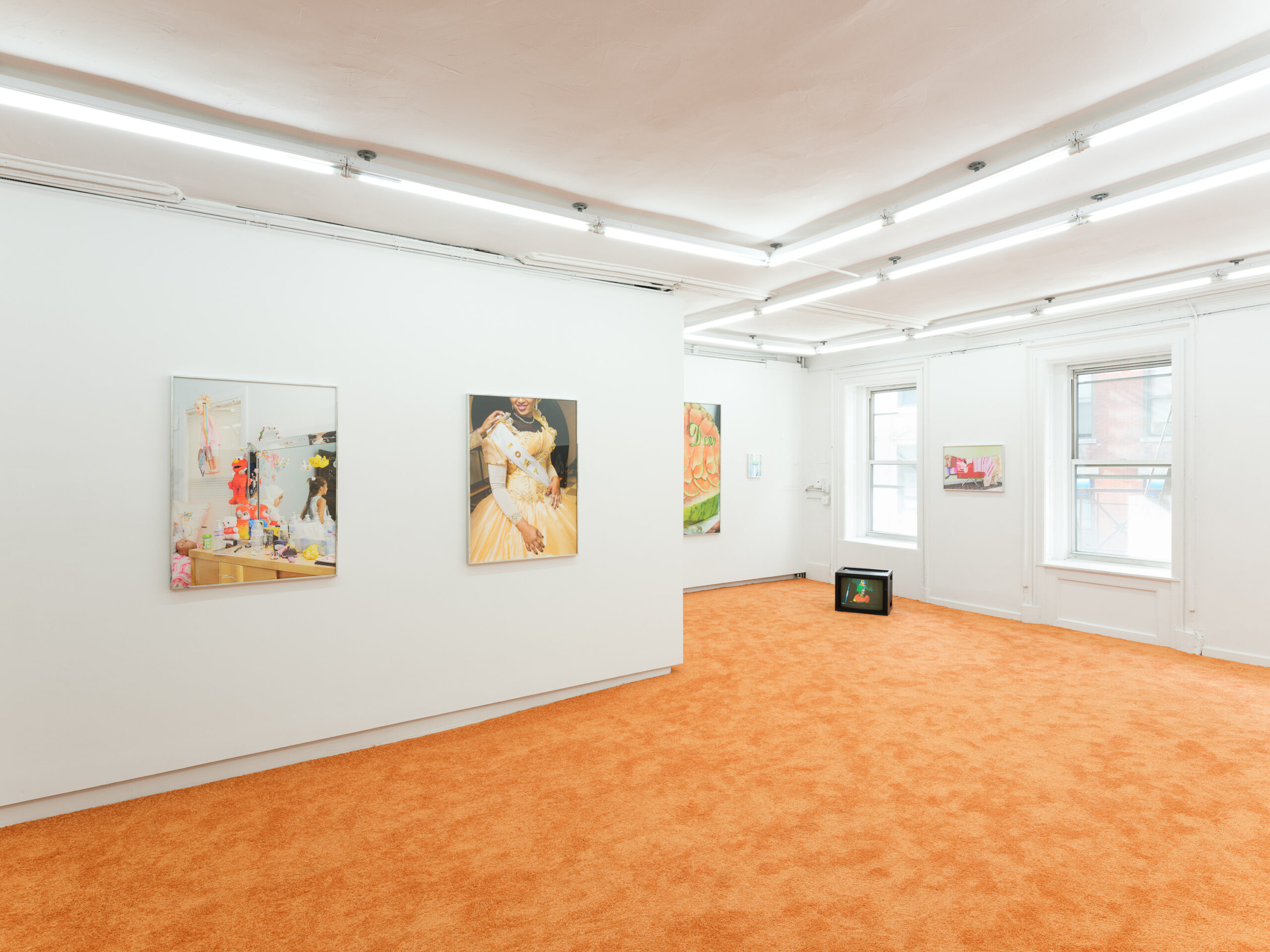
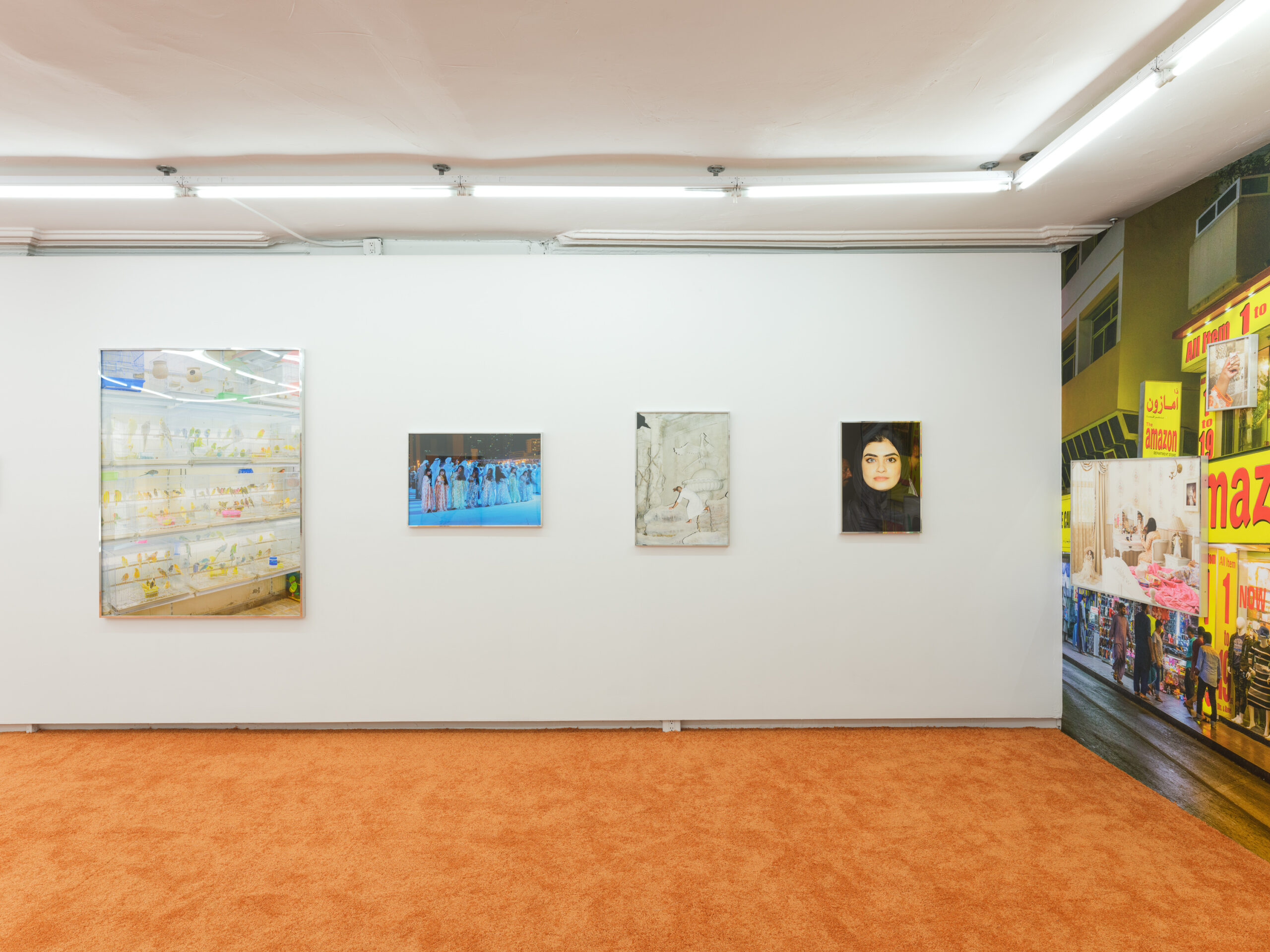
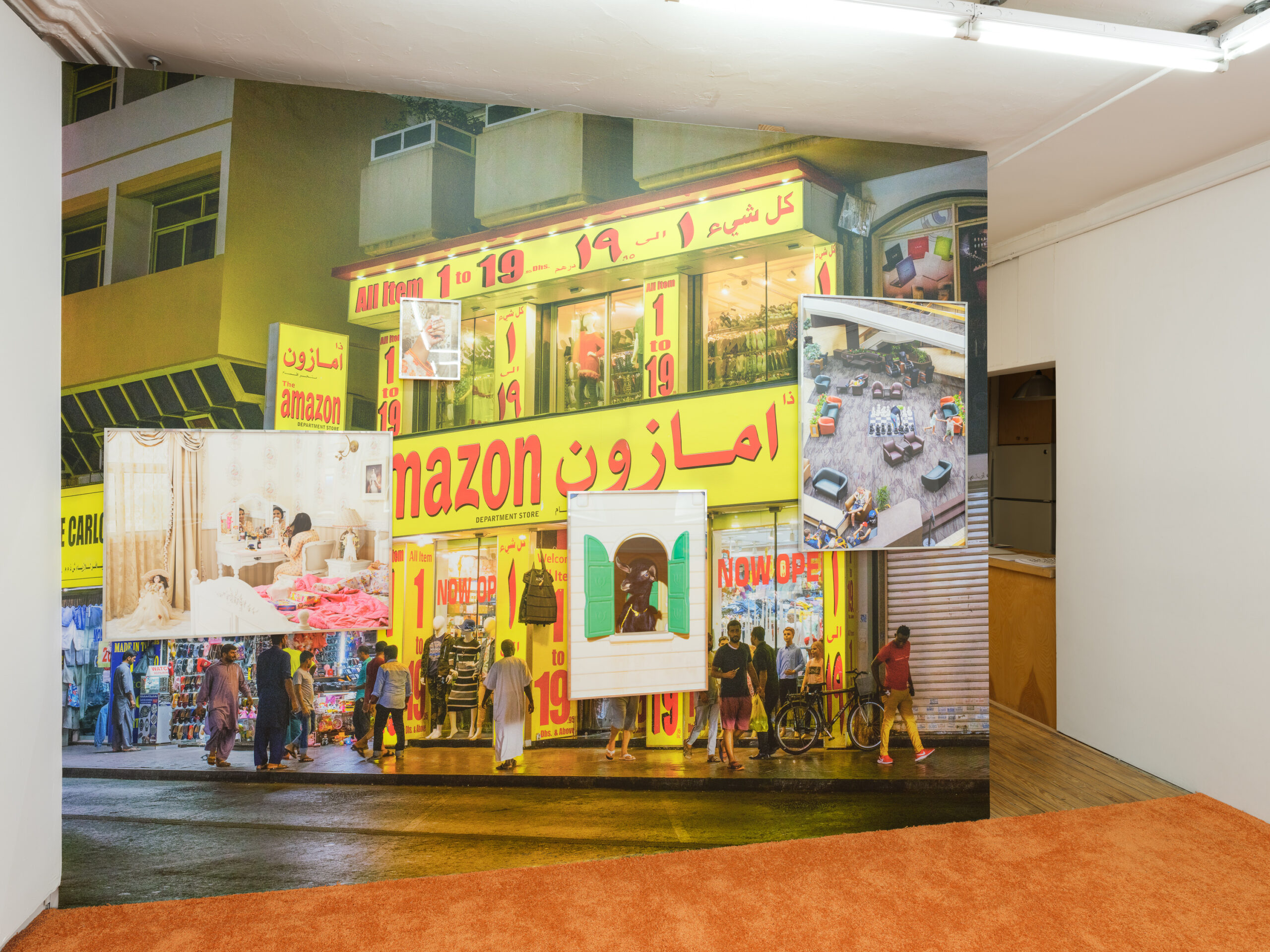
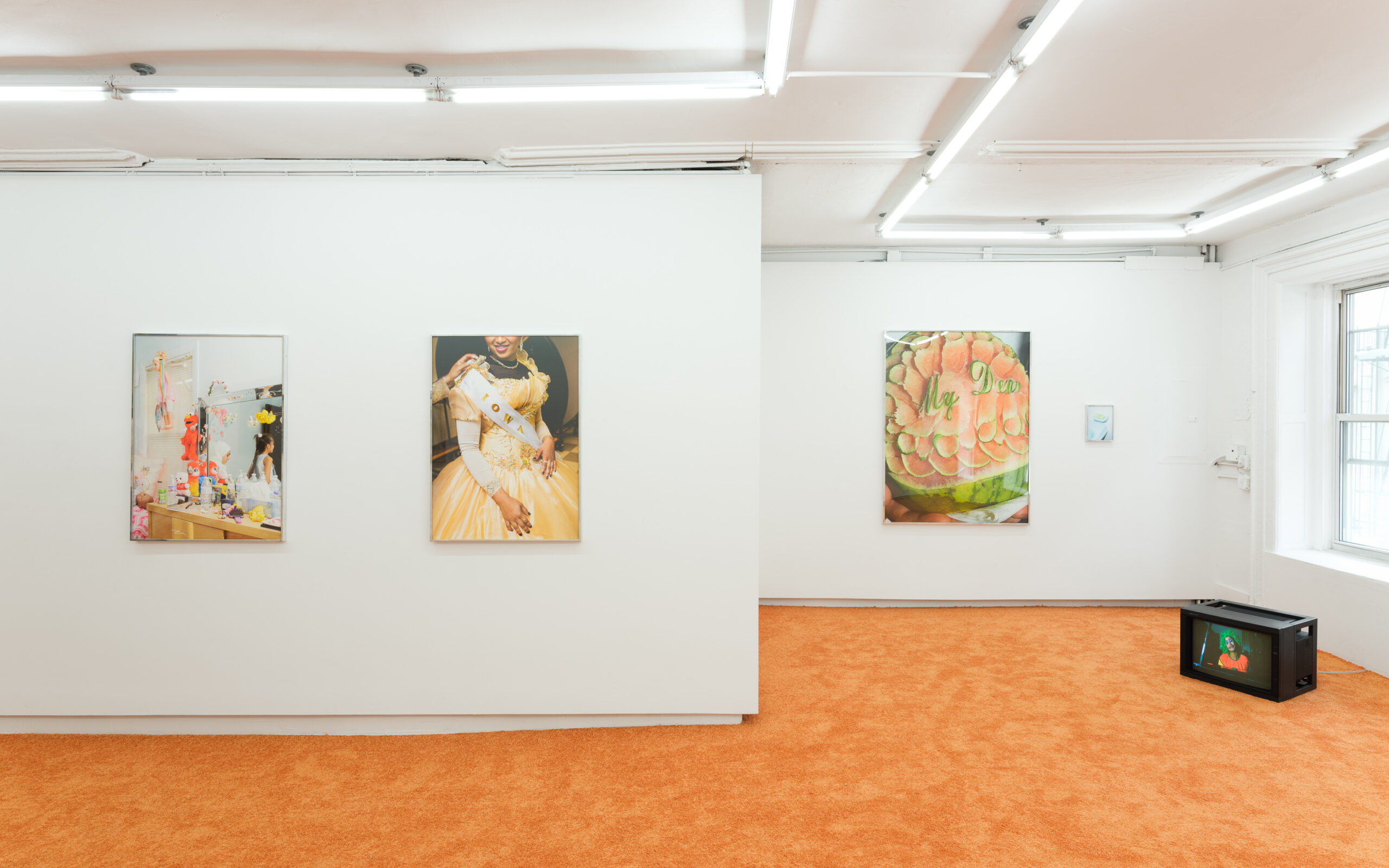
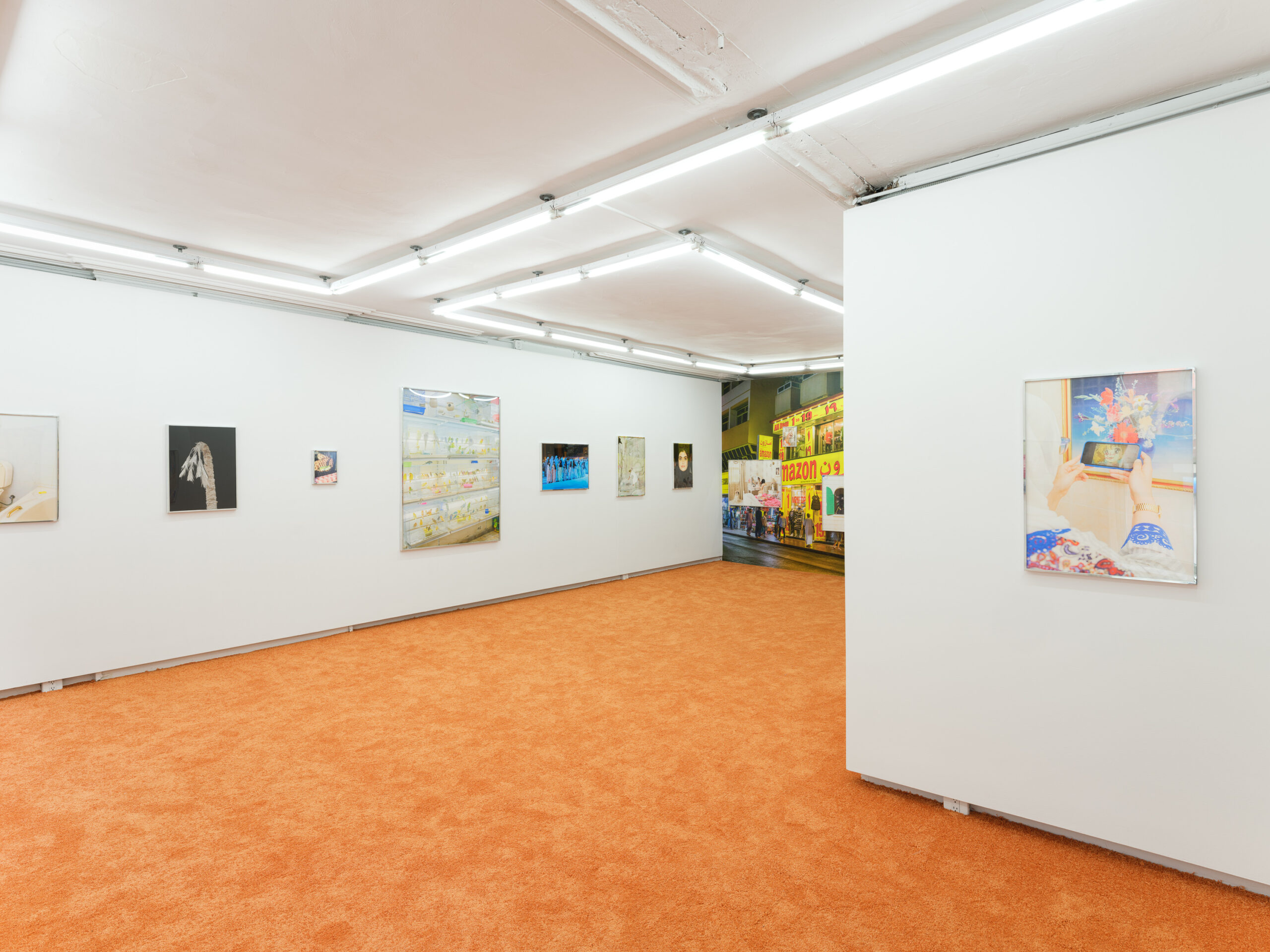
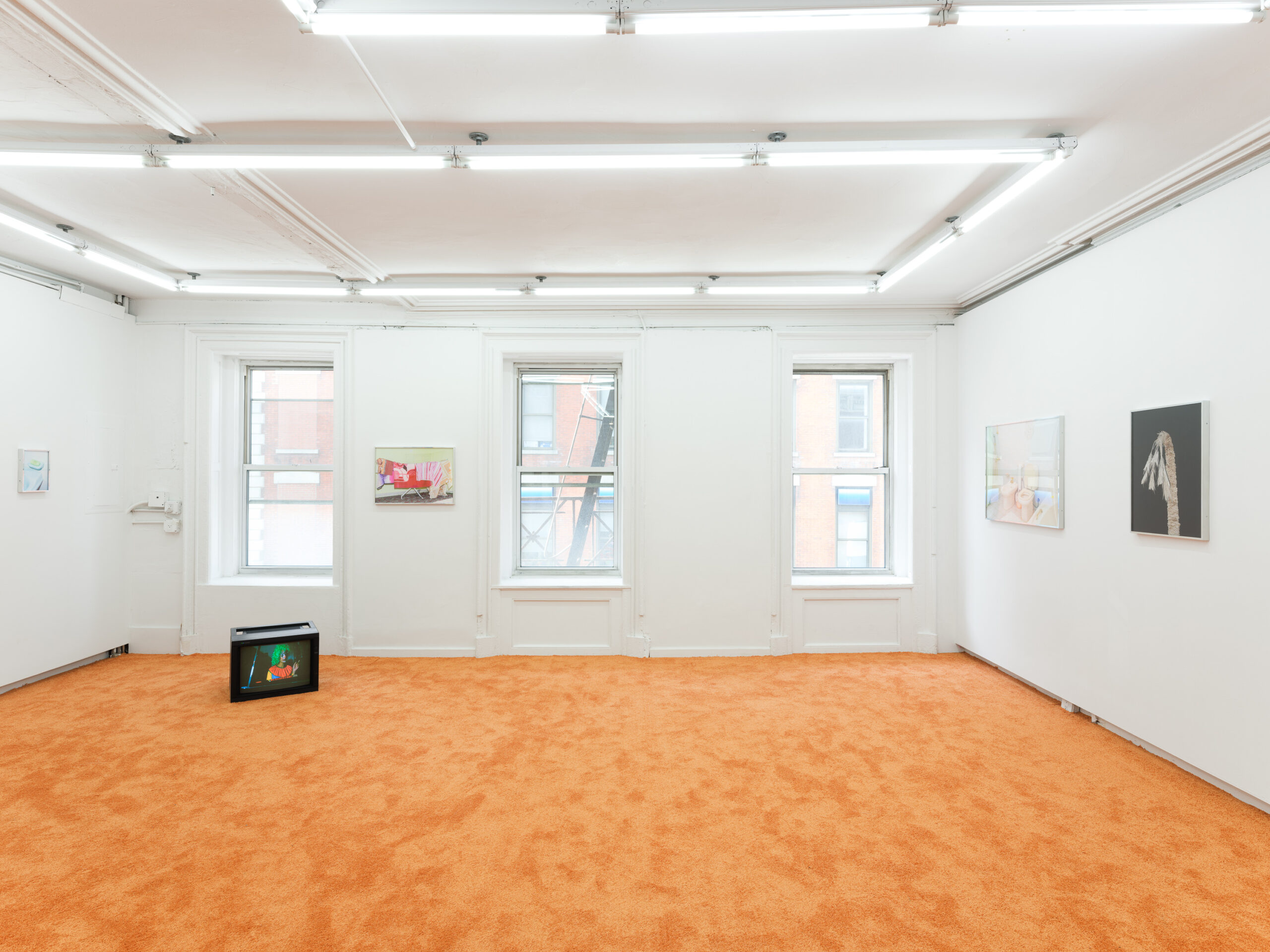
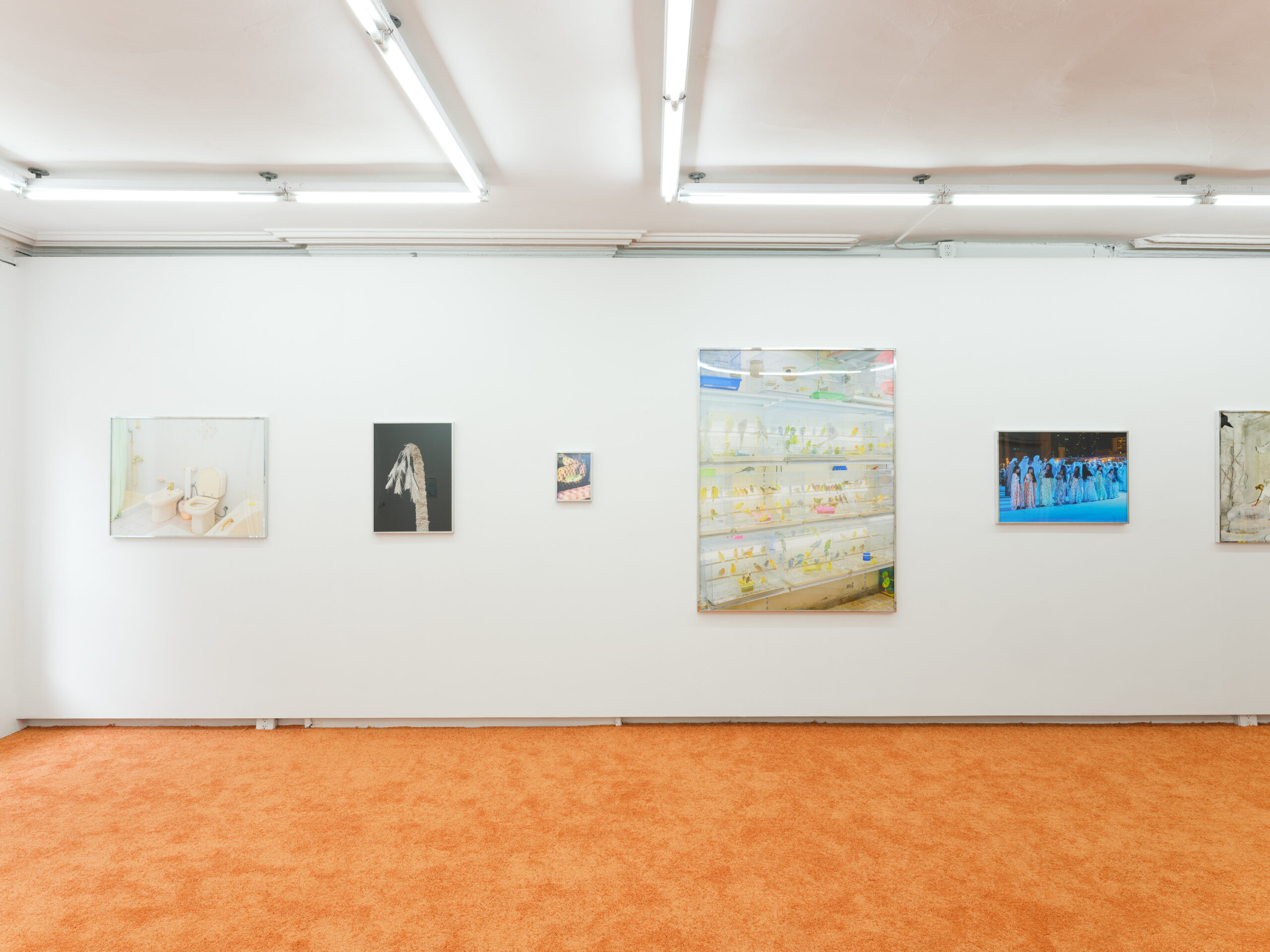
Khaleej Hair Dance
Archival Inkjet Print
21 × 30 inches
2020
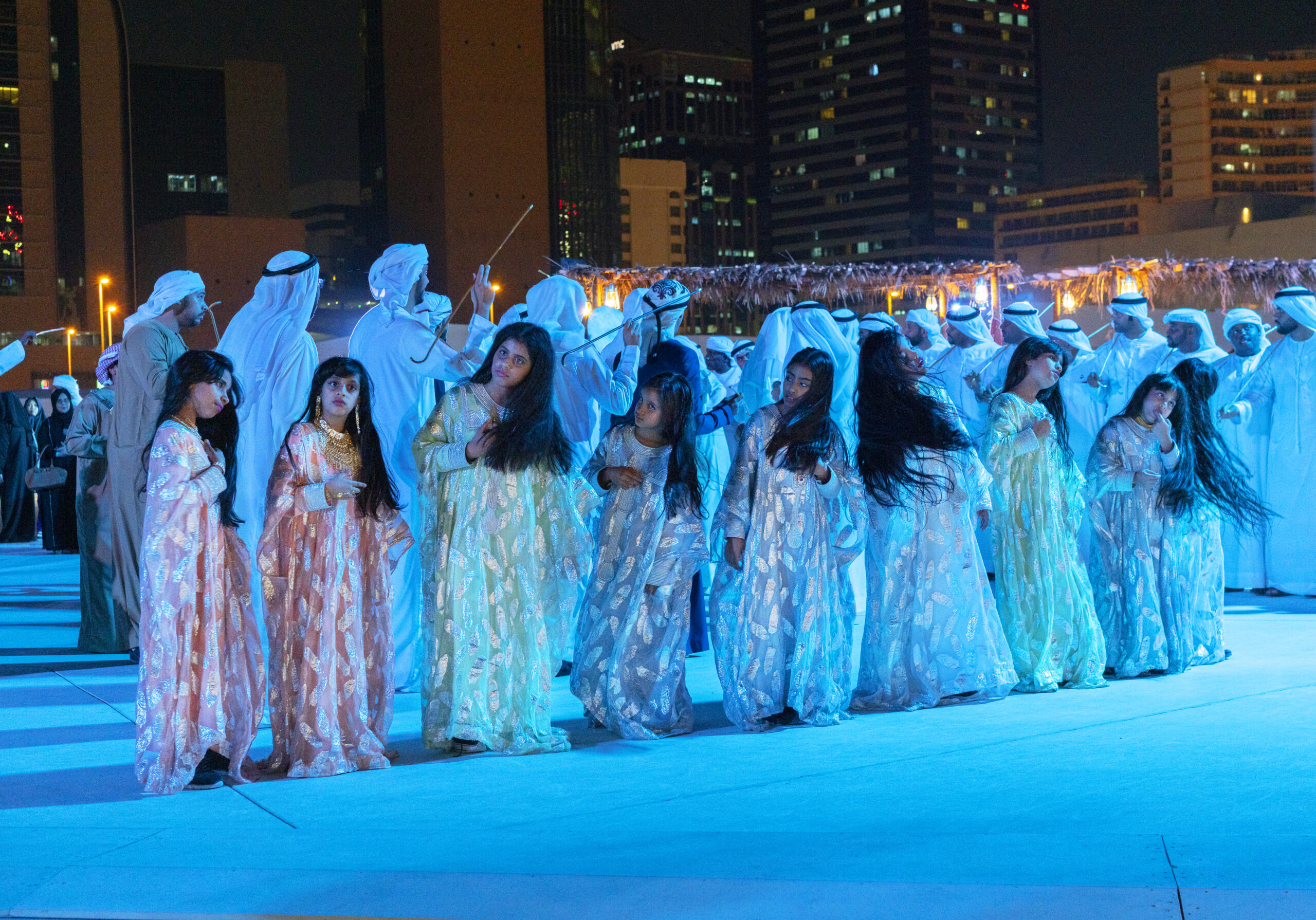
Bahia Palm Tree
Archival Inkjet Print
25 × 18 inches
2019
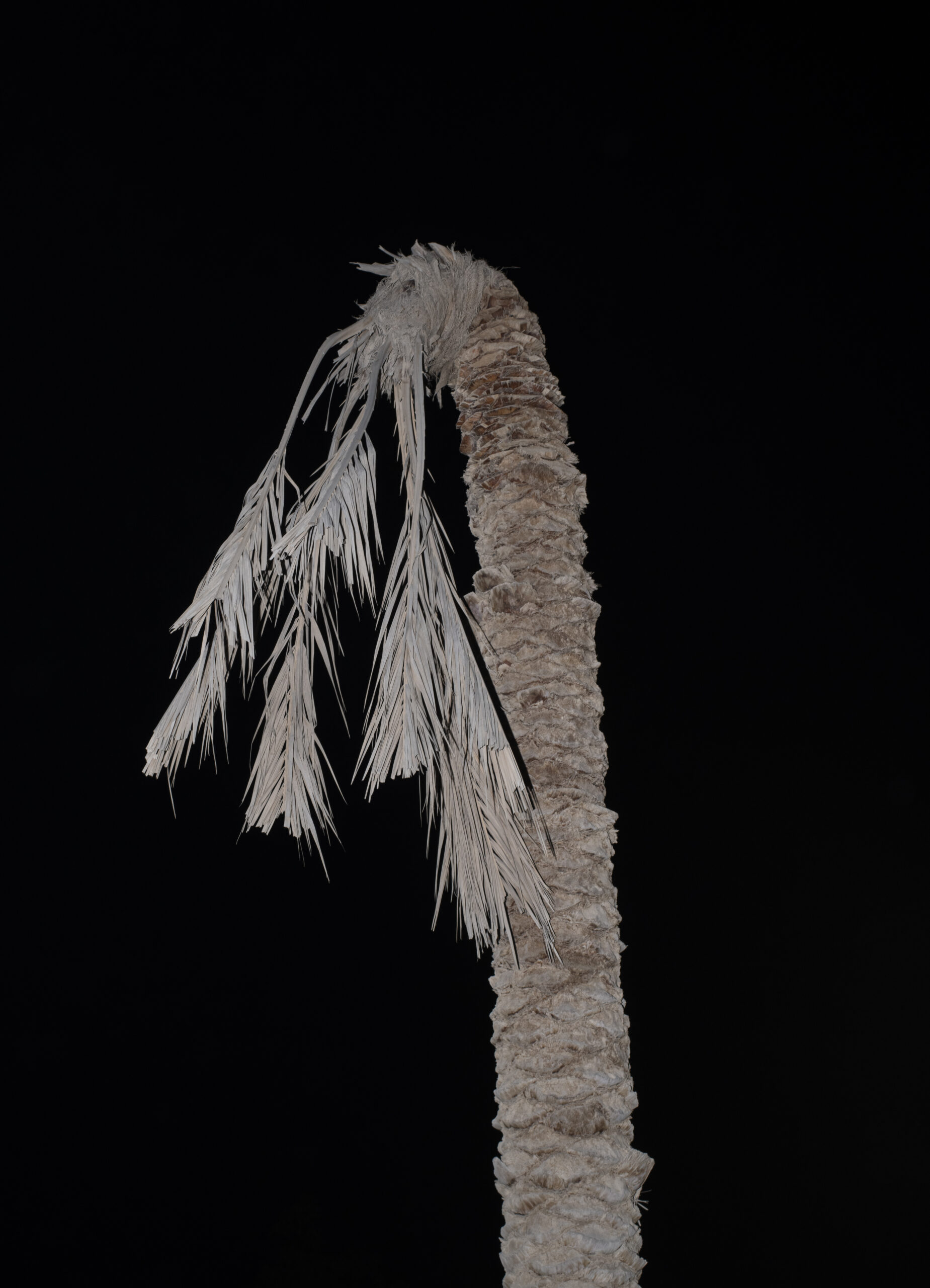
Beige Bathroom
Archival Inkjet Print
27 × 35 inches
2020
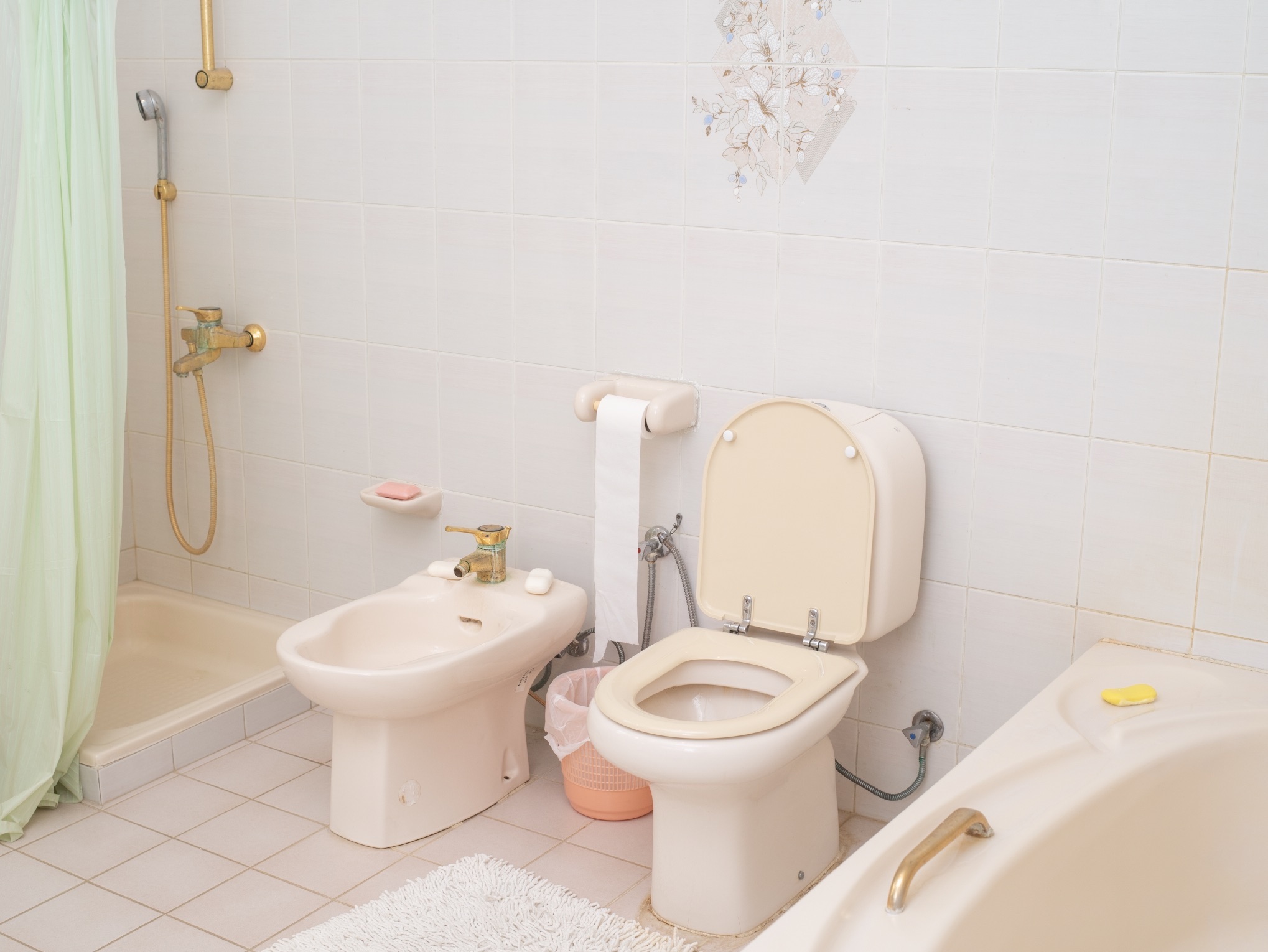
Bird Market (The Blue One Escaped)
Archival Inkjet Print
60 × 45 inches
2020
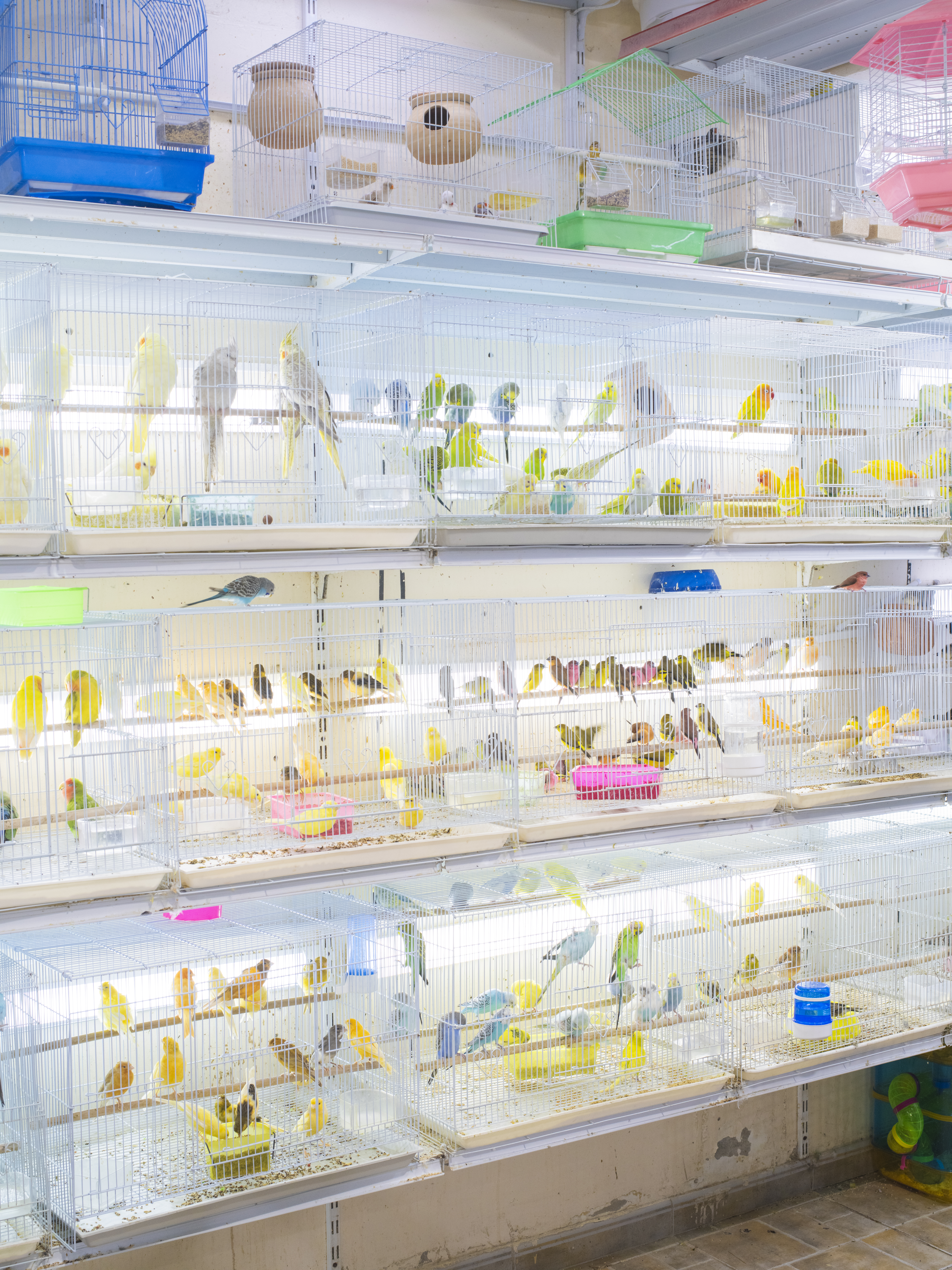
Bloody Palm
Archival Inkjet Print
11 × 8 inches
2022
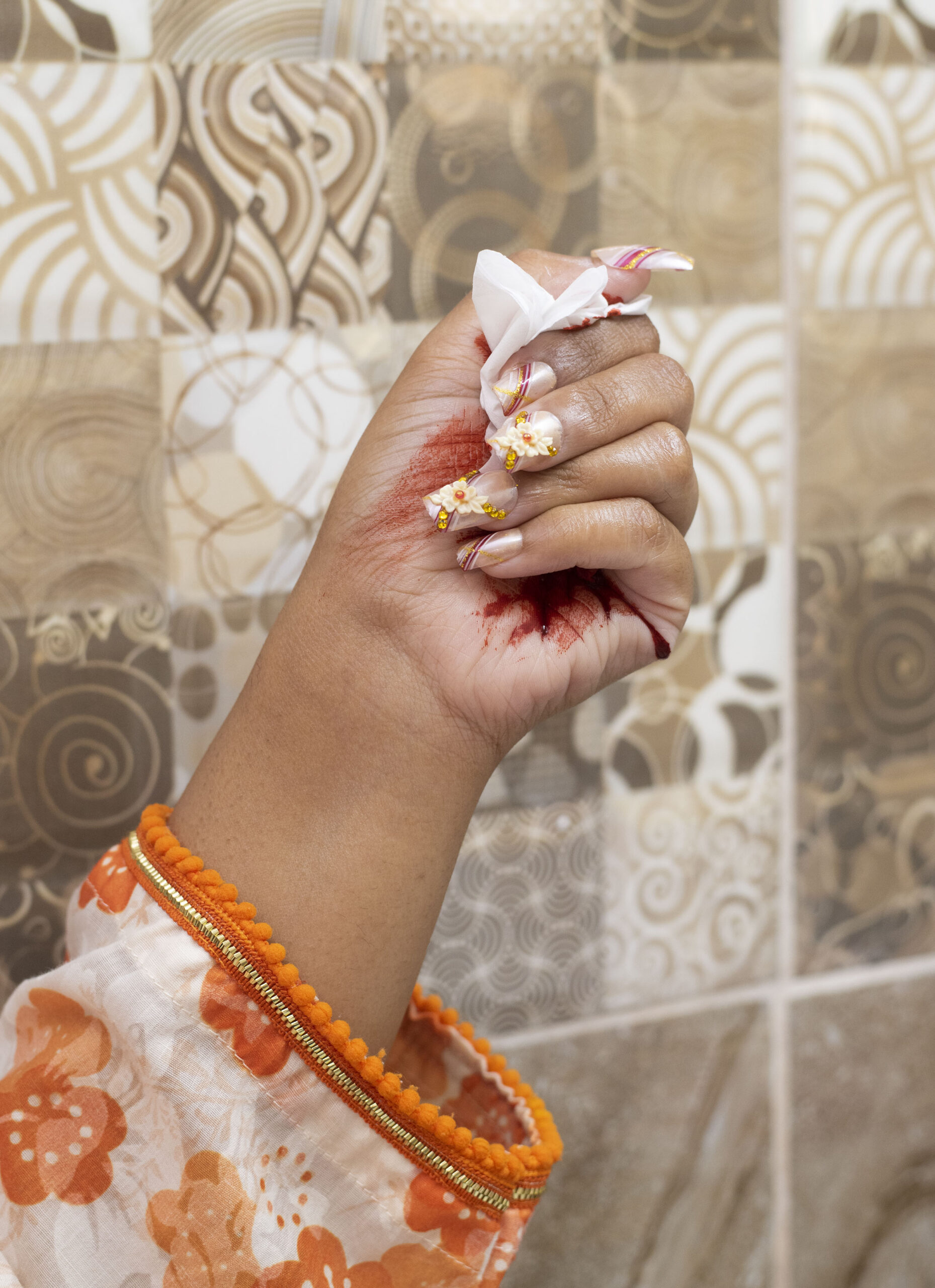
Drying Rack
Archival Inkjet Print
18 × 25 inches
2018
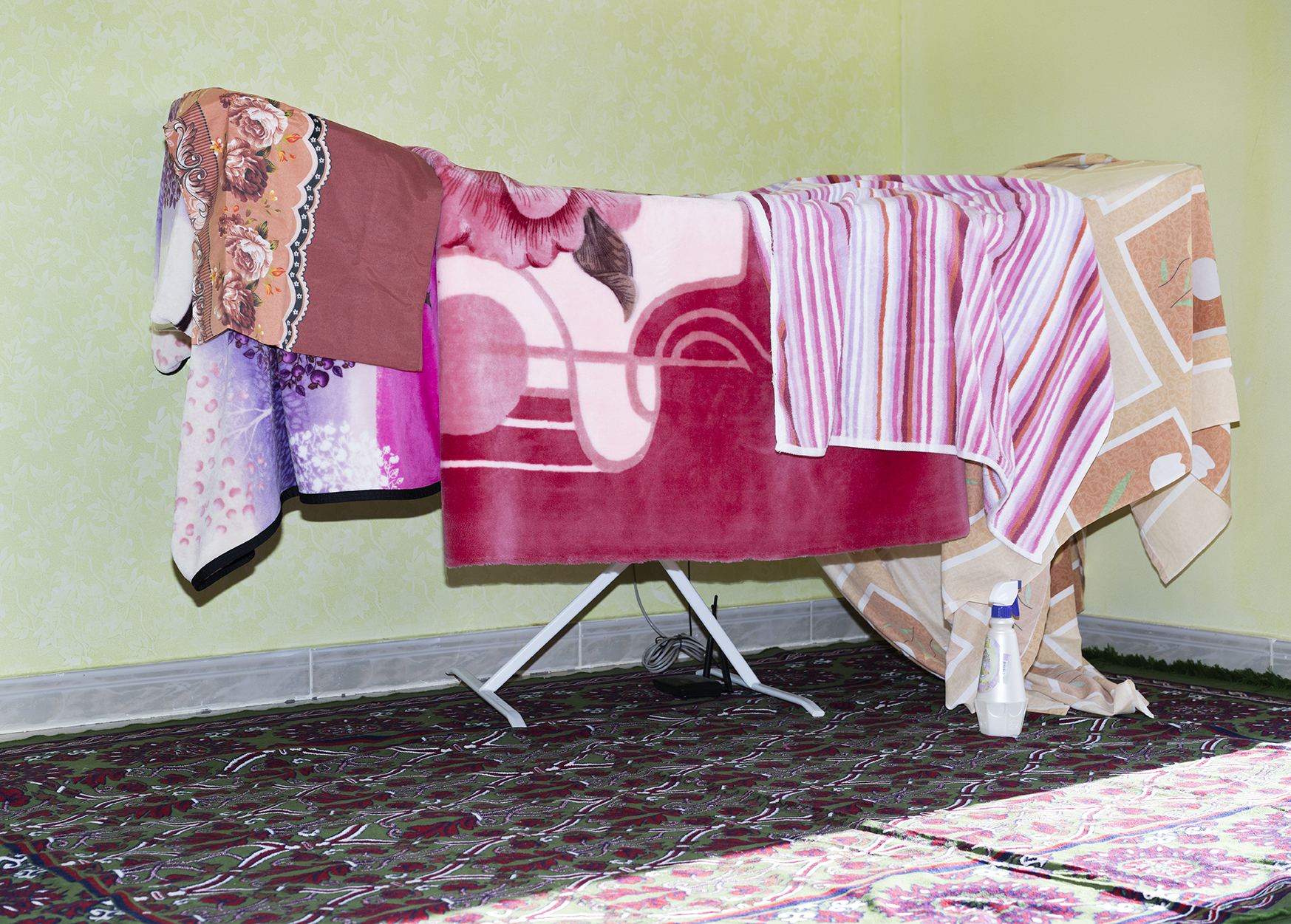
Fairlane Mall
Archival Inkjet Print
40 × 29 inches
2019
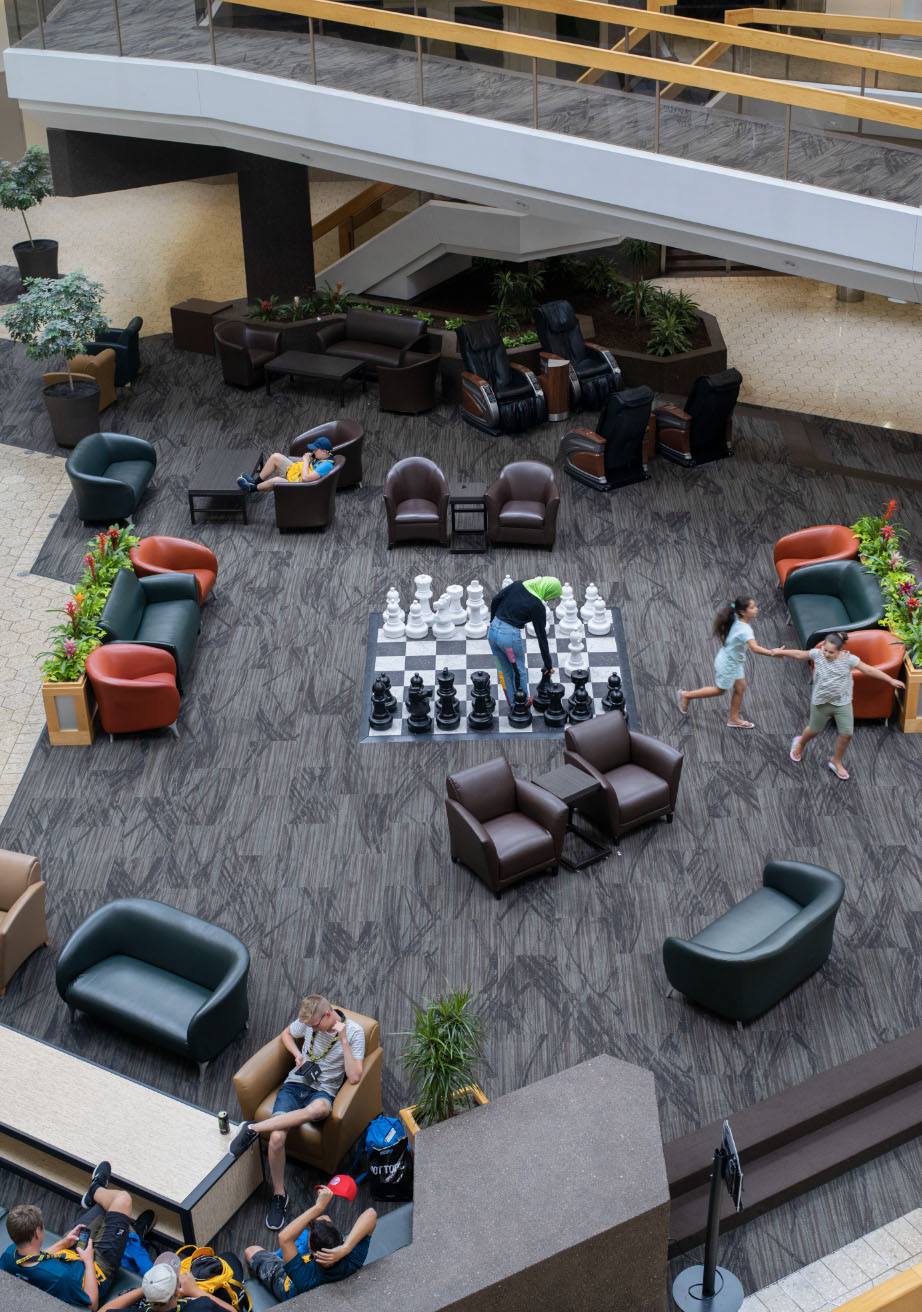
G Climbing a Prop Warehouse Facade
Archival Inkjet Print
30 × 21 inches
2018
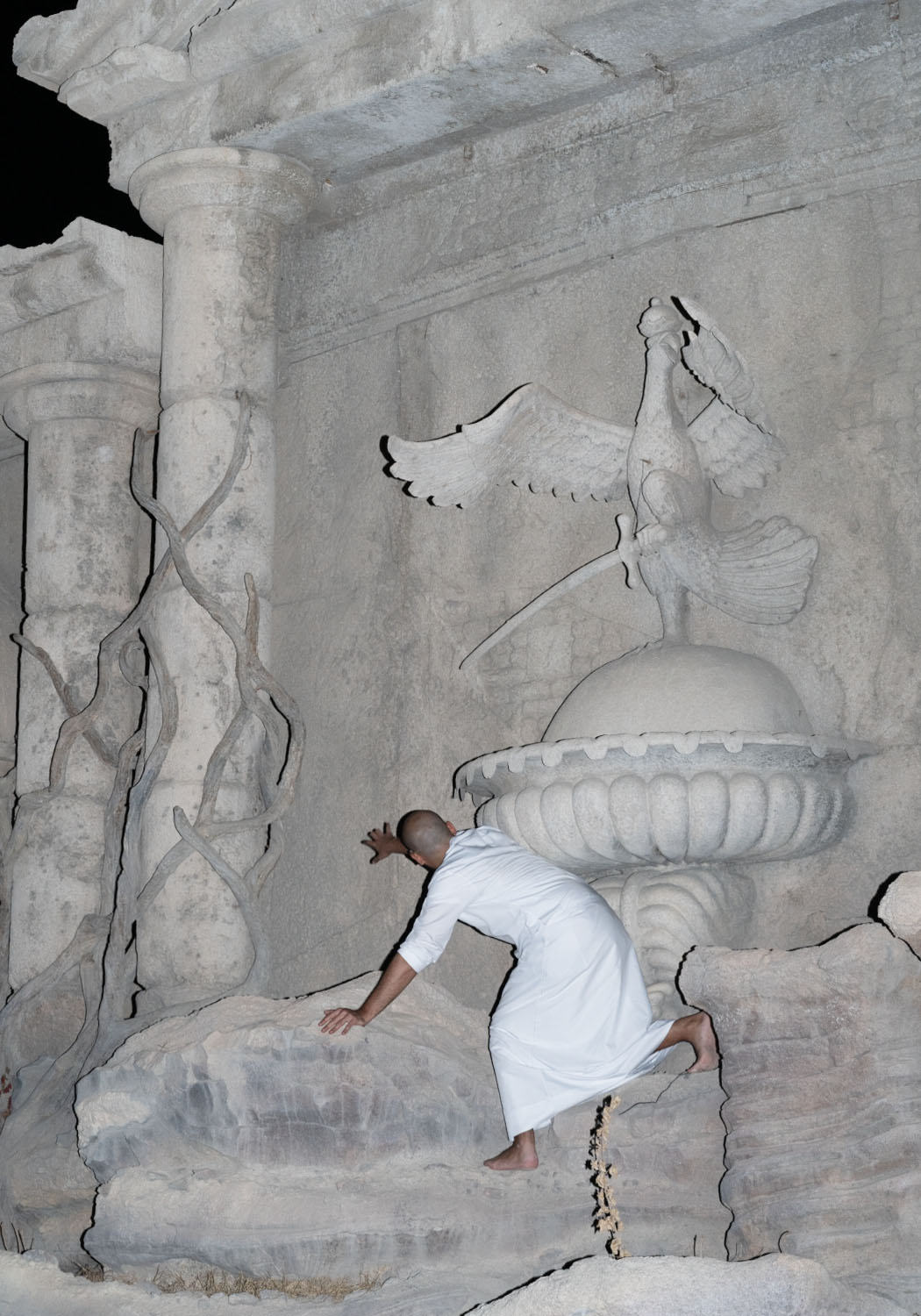
Green Soap in Blue Bathroom
Archival Inkjet Print
11 × 8 inches
2020

Lady Lady
Archival Inkjet Print
30 × 21 inches
2022

Madinat Staircase
Archival Inkjet Print
30 × 21 inches
2022
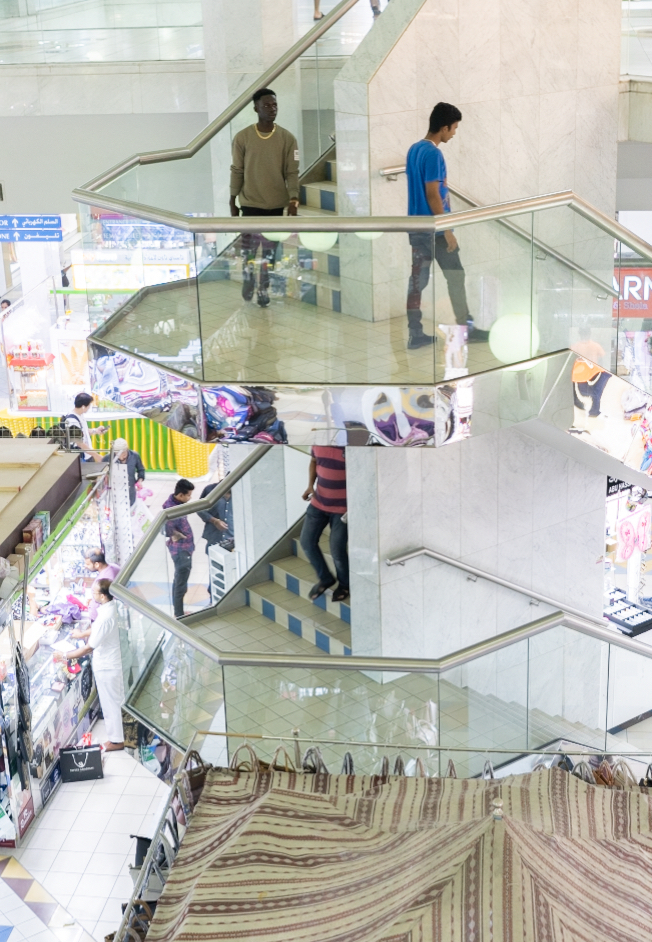
Marwa Braiding Marah's Hair
Archival Inkjet Print
40 × 29 inches
2019
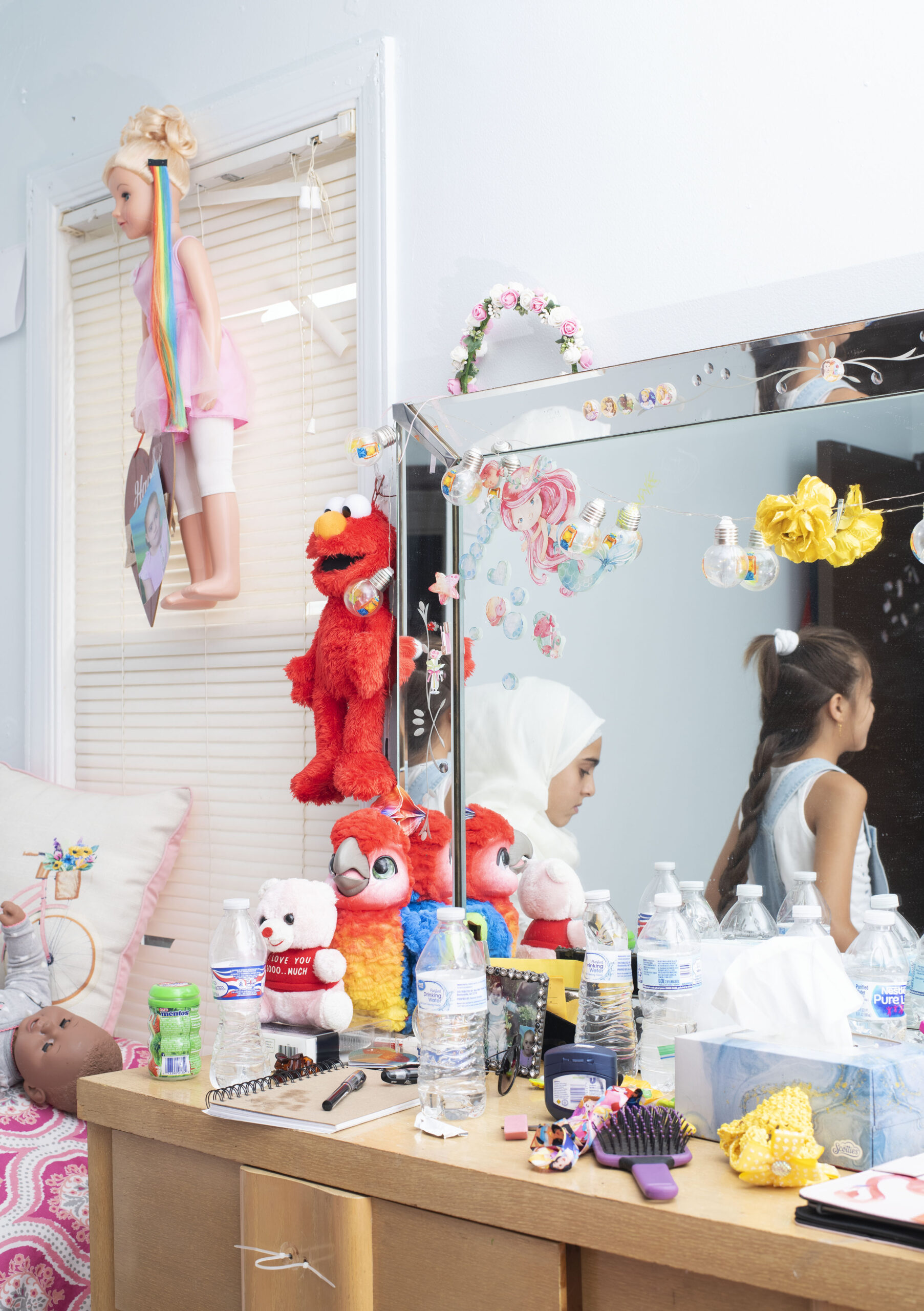
May's Blue Eye
Archival Inkjet Print
25 × 18 inches
2020
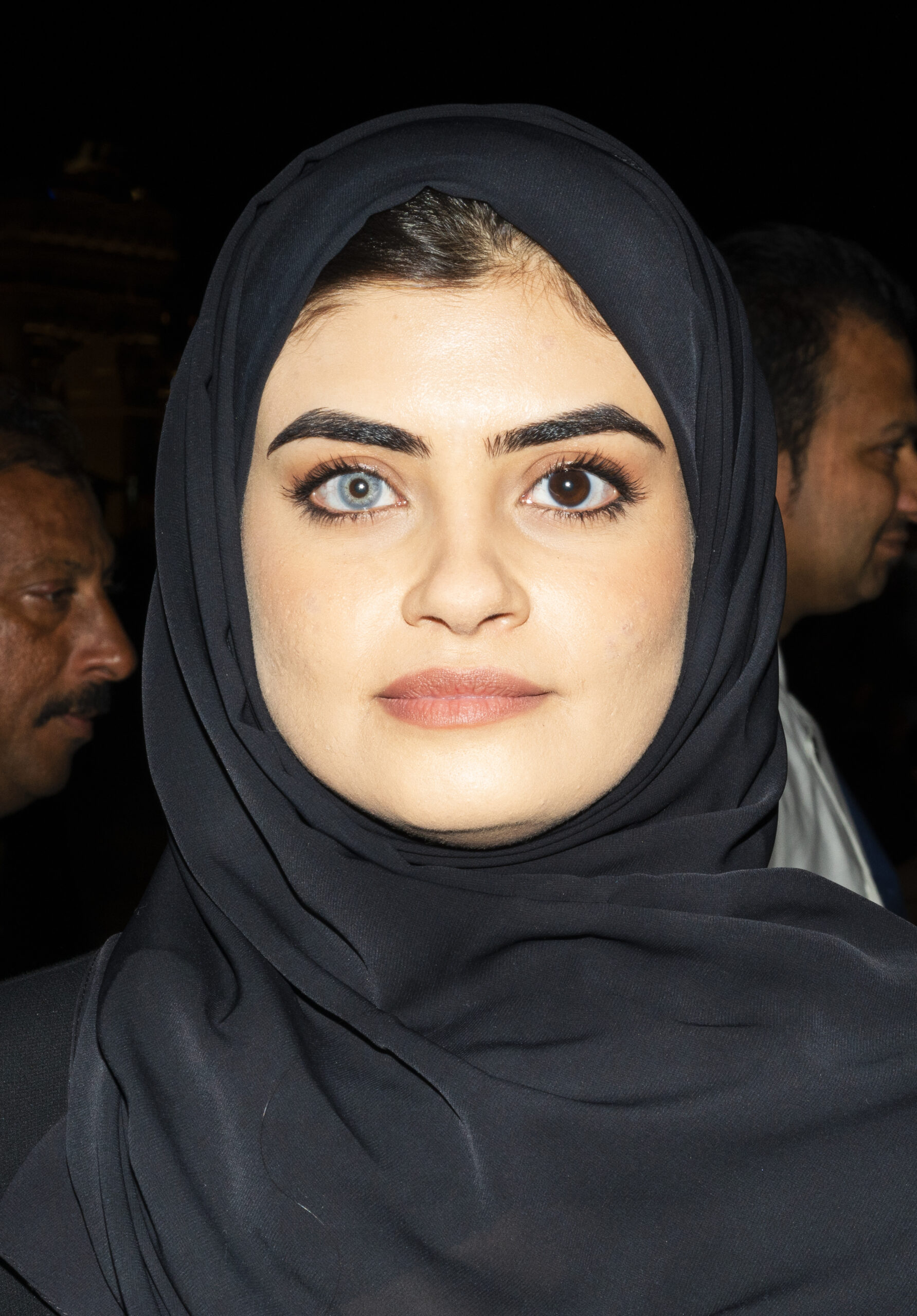
Miss Muslimah Pageant 2019 (Miss Iowa)
Archival Inkjet Print
40 × 29 inches
2019
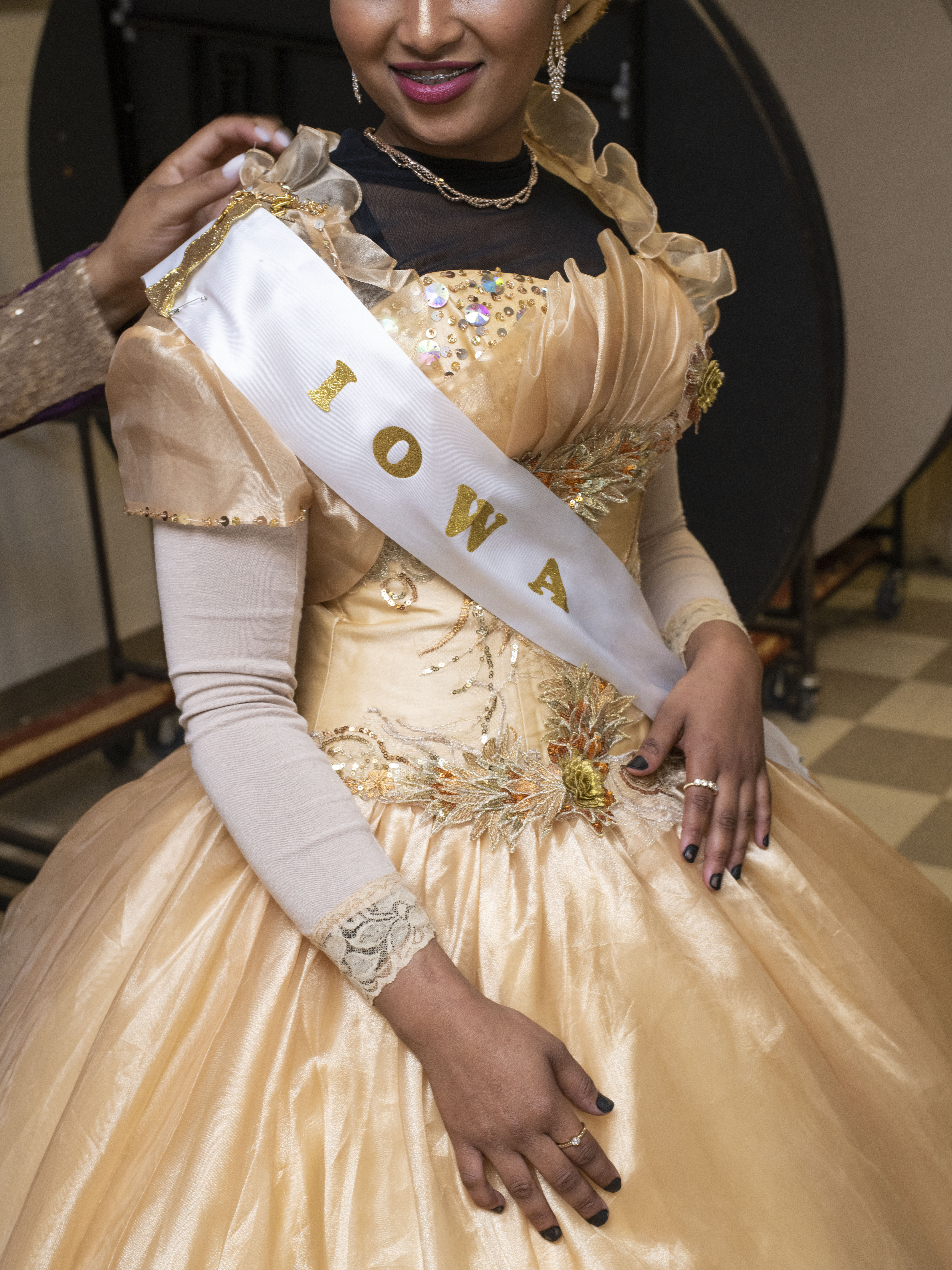
My Dear
Archival Inkjet Print
60 × 45 inches
2023
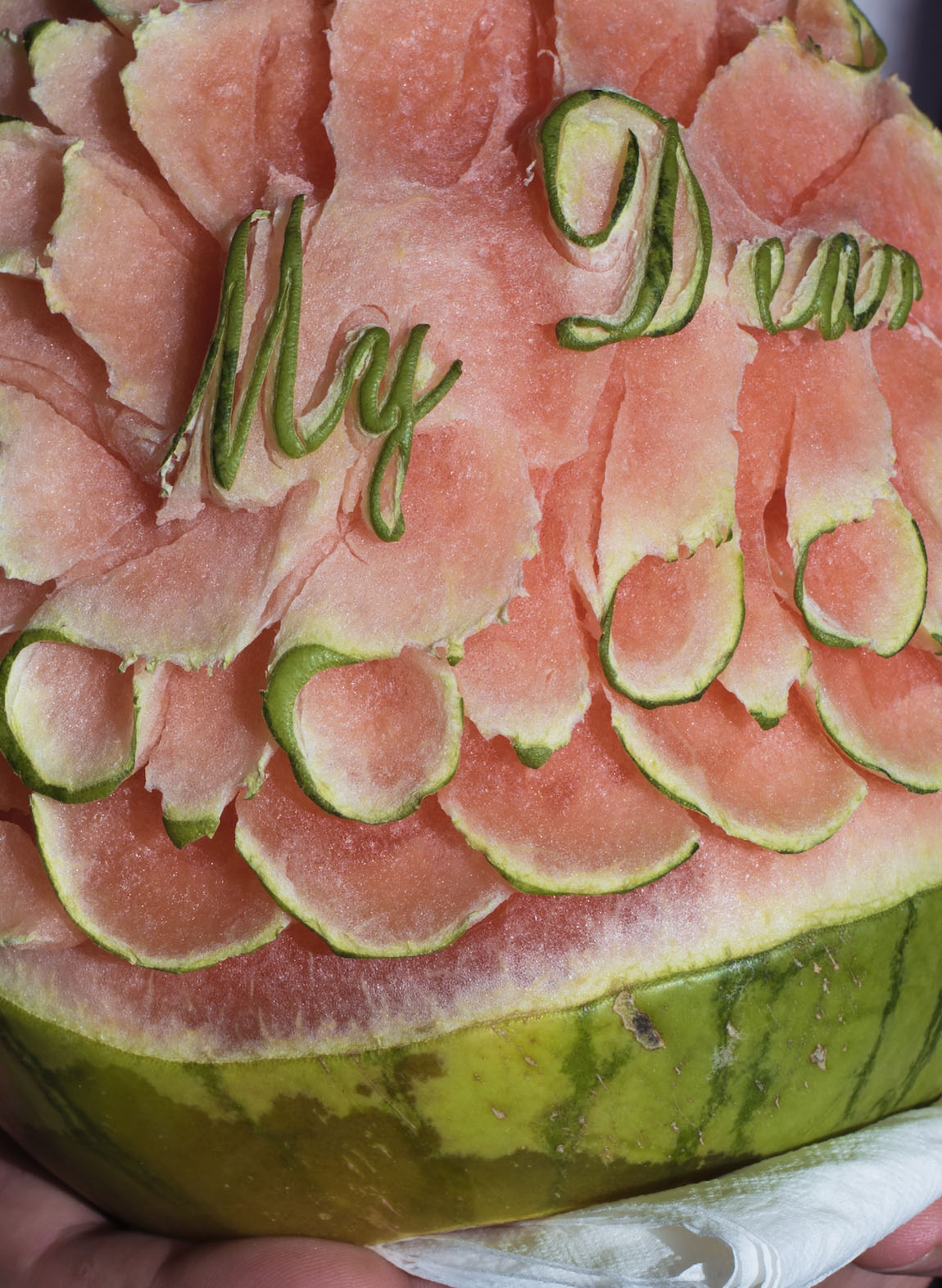
Noora's Room
Archival Inkjet Print
27 × 35 inches
2023
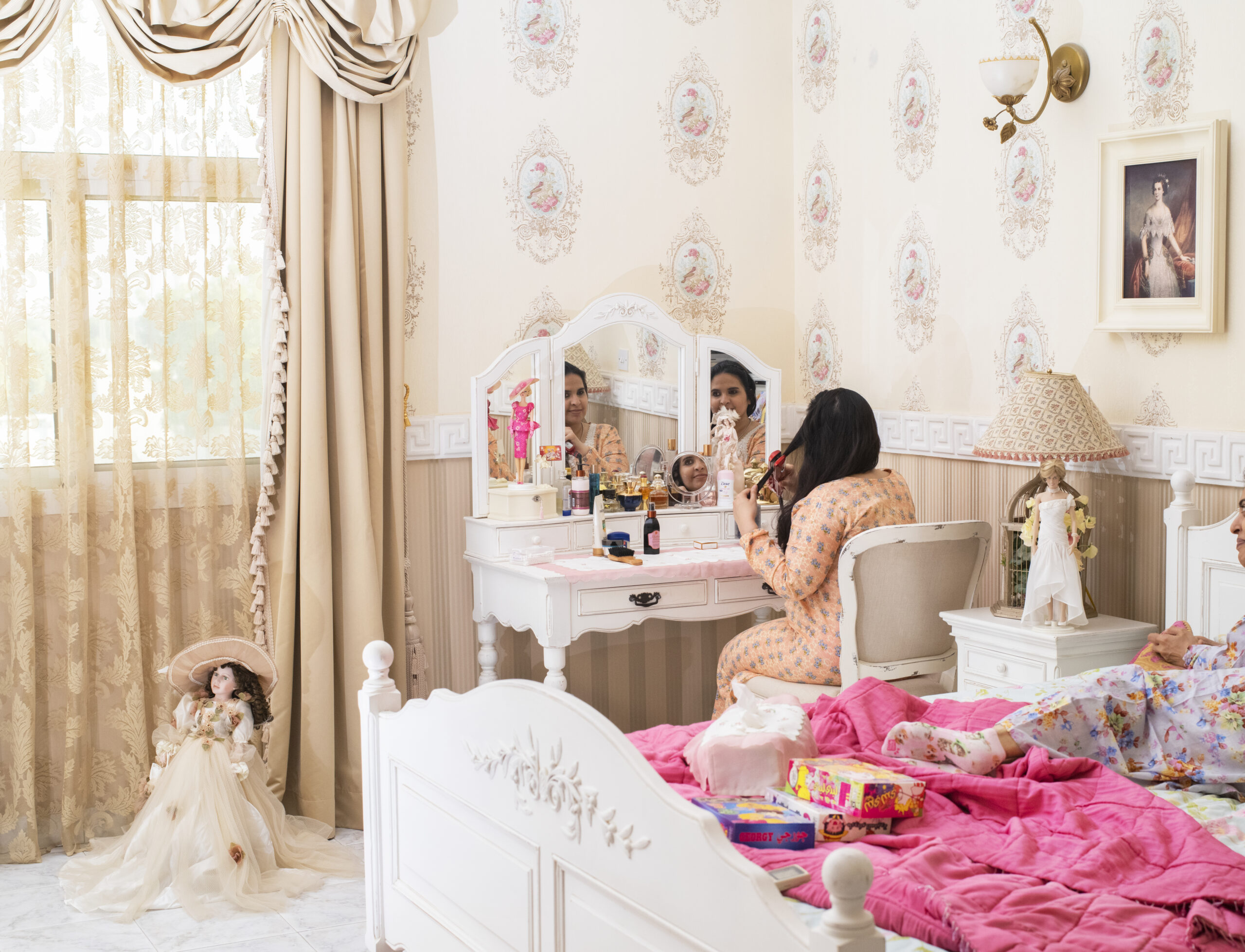
Playhouse Goat
Archival Inkjet Print
21 × 30 inches
2020

Trompe L'oeil Car Seat
Archival Inkjet Print
11 × 8 inches
2020

Video still from Alone In A Crowd (King of Joy)
2020
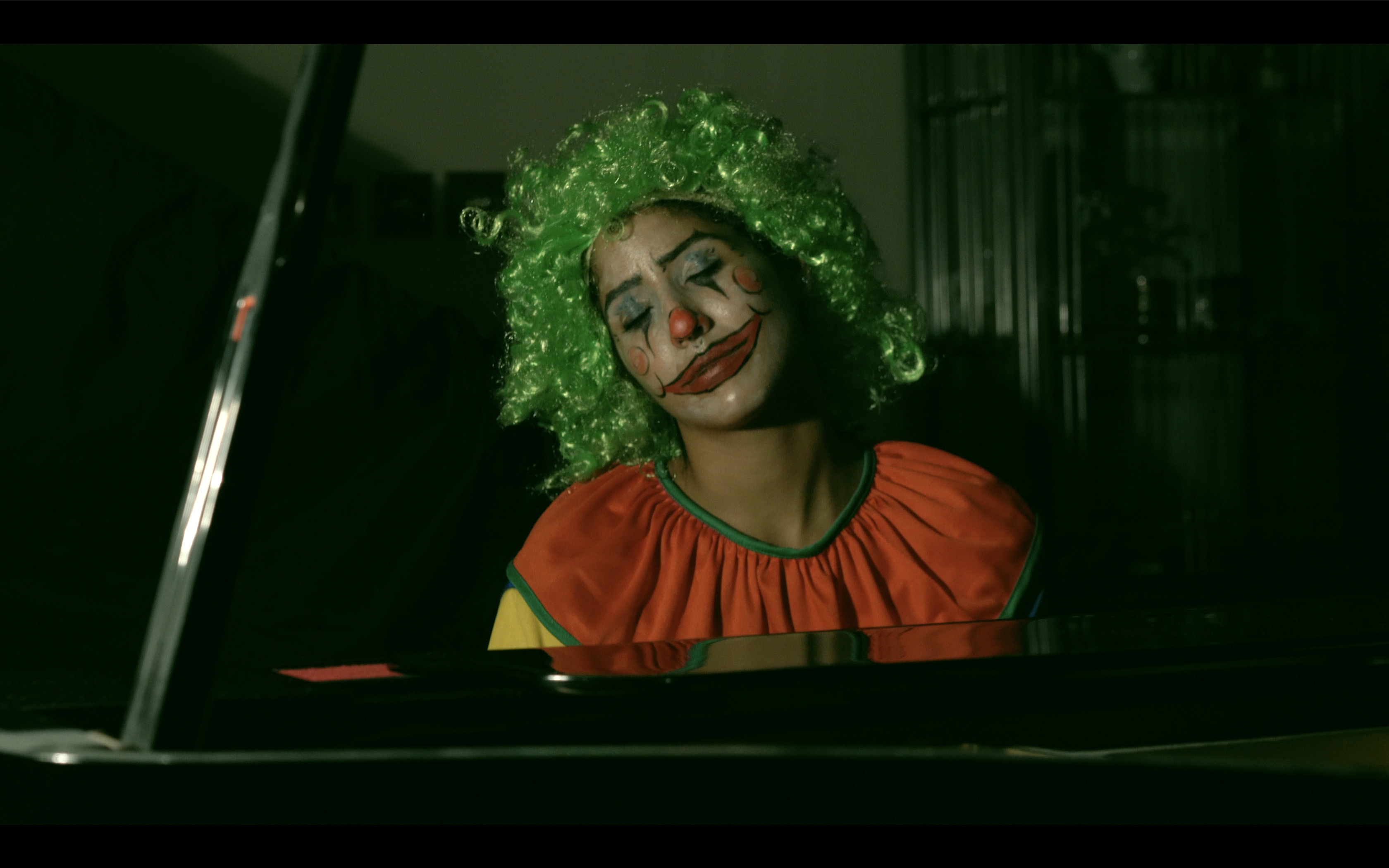
5 Mar–24 Jul 2020
Funhouse
Farah Al Qasimi
In the early 2000s, I met Farah Al Qasimi in the hall of mirrors known as Phride.com. It was the double bass-pedaled heart of the UAE’s alternative music scene, where teenagers went to hang out, to find band members, to front, to out-kvlt each other, to fantasize about the punk and indie scene that never quite was. Perhaps we met later at over-distorted gigs held at a cinema hall or a covered ice rink, or selling zines in the parking lots outside, all these nights that had the texture of red suede and so many frustrated ambitions. Standing still as the city blurs in the background, one eye turning blue from the smell of AC coolant. On the third floor, out of sight but leaking down to the street, the lobby pianist is dressed as a clown, practicing for the rest of their lives.
Daytimes are different: sorbet shades, beige draperies and pageant queen dresses, purse-lipped wallpapers, equal-opportunity ruffles. Matching your soap cake to your wastebasket, transposing your lack of agency into furiously decorating a series of closed, climate-controlled environments. Mirrors and vanities and nargis flowers, and enough toys to asphyxiate a fleet of sea turtles. Birds in cages dyed pastel, learning about cruelty much later. Then there were the lurid patterned blankets that signaled a trip back home. They would arrive, shrouded in thick plastic on conveyor belts across various seas, their rounded corners brushing up against hard-shell suitcases and flat screen TVs with their cardboard-packaged promises of bigger, clearer, sharper images.
Al Qasimi’s photographs conjure up all this skeuomorphic frisson, that pleasurable feeling of knowing a surface is trompe l’oeil but needing to give it a quick, suspicious rub all the same. The photographs in the show imagine the world as a funhouse mirror, where aspiration butts up against reality and the impulse to transcend or escape it leads to further entanglement. Take Trompe-L-oeil Car Seat: doesn’t the buttoned upholstery, scratchy and digital, go so well with that neon My Clear Bag, the rear windshield inexplicably shot through with defroster wires that were never turned on? The photograph ends there but as with many of the works on view, the eye longs to complete the image: a cedar-shaped air freshener and the CD dangling from the rear-view mirror, a furry-tongued early morning fog. All these iridescent mirrored surfaces that don’t actually deflect the gaze of the radar, or the CCTV but it’s nice to believe they do anyway. In Al Qasimi’s last show at the gallery, we saw portraits of men implicated in the web of Arab-American diplomacy and soft power. This time, we see Miss Muslimah Iowa, gorgeously embellished and beaming, with another brown hand on her shoulder: America as it could be.
At some point, a mammoth flagpole went up near my apartment in Dubai. It was intended to hold the world’s largest flag but the fabric kept getting shredded by the seaside winds, and the flag got progressively smaller until they arrived at a size that would stay intact. On still days, it would droop like a palm tree denuded of its fronds on only one side. Al Qasimi’s purposefully opaque photographs capture these textures of daily life with wonderful accuracy and, in the case of a gently carved melon, such tenderness too. Things and people that grow together are framed together, a funhouse in which you can’t see yourself but the person standing behind you.
Farah Al Qasimi (b.1991, Abu Dhabi, United Arab Emirates; lives and works in Brooklyn and Dubai) works in photography, video, and performance. Her recent commission with Public Art Fund, Back and Forth Disco, is on view around New York City through May 17. Her work has been featured in exhibitions at Jameel Arts Centre, Dubai; the San Francisco Arts Commission, San Francisco; the CCS Bard Galleries at the Hessel Museum of Art, New York; Helena Anrather, New York; The Third Line, Dubai; The List Visual Arts Center at MIT, Cambridge; the Museum of Contemporary Art, Toronto; and the Houston Center for Photography, Houston. Al Qasimi received her MFA from the Yale School of Art. She has participated in residencies at the Delfina Foundation, London; the Skowhegan School of Painting and Sculpture, Maine; and is a recipient of the New York NADA Artadia Prize and the Aaron Siskind Individual Photographer’s Fellowship. Her work is in the collections of the Museum of Modern Art, New York; Museum of Contemporary Art, Chicago; Massachusetts Institute of Technology, Cambridge; and NYU’s Grey Art Gallery, New York.